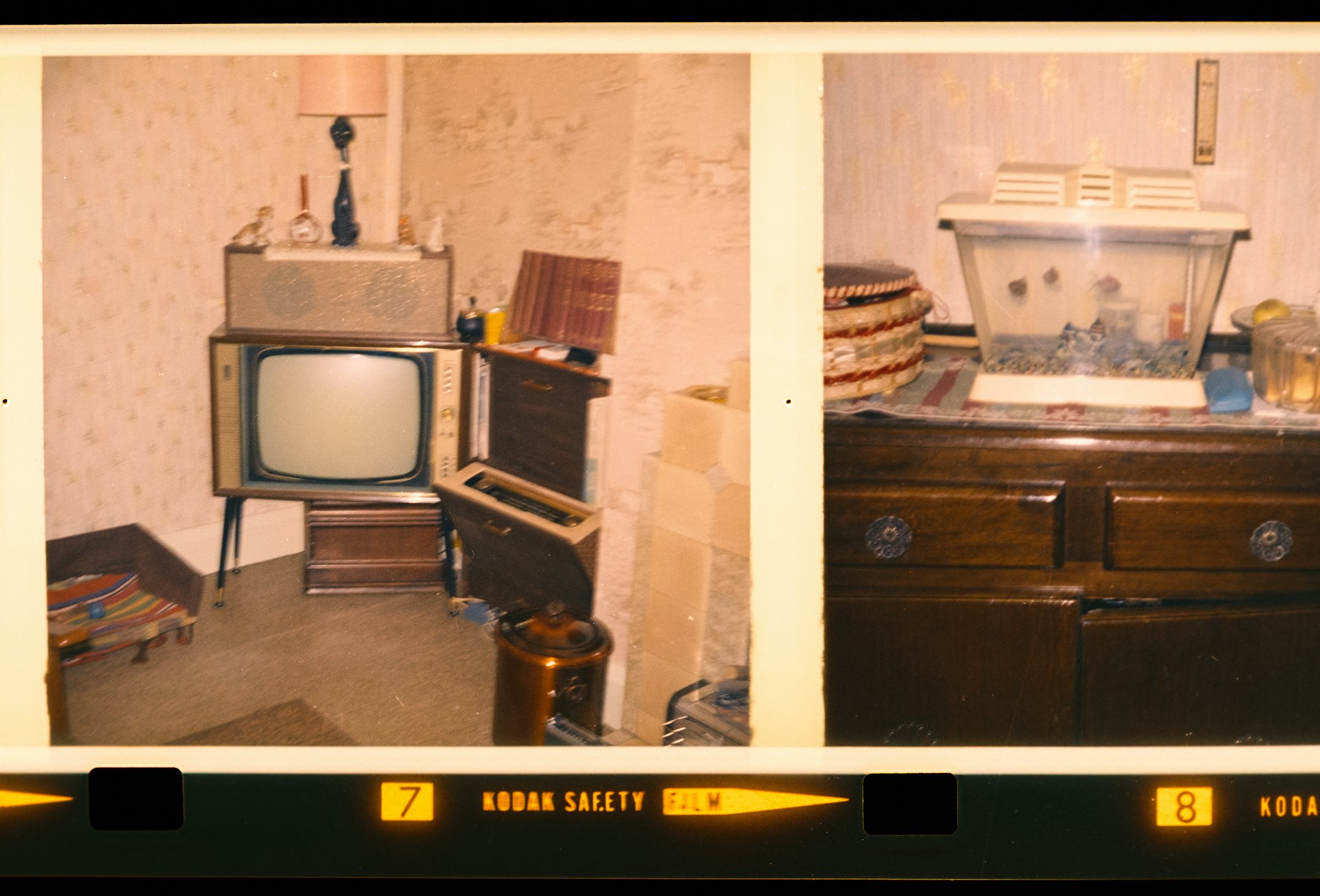Transform Your Home: Practical Open-Concept Kitchen Living Room Ideas for Modern Living

Photo by Sufyan on Unsplash
Introduction: The Rise of Open-Concept Kitchen Living Room Designs
Open-concept kitchen living room layouts have become a staple in modern home design, fundamentally changing how we interact with our living spaces. By eliminating barriers and merging the kitchen, dining, and living areas into a single, fluid environment, homeowners achieve greater functionality, improved social interaction, and a sense of spaciousness that fits contemporary lifestyles. This approach is especially popular in both urban apartments and suburban homes where efficient use of space is paramount [1] .
Section 1: Understanding the Open-Concept Philosophy
An open-concept design merges multiple rooms-typically the kitchen, dining, and living room-into one seamless space. Originating in mid-20th-century home design, its popularity has surged as homeowners seek more flexibility and visibility in their daily routines. The absence of walls encourages communication, allows natural light to flow freely, and makes the home feel larger and more inviting [1] .
For those considering this transformation, begin by assessing your home’s structural possibilities. Consult a licensed contractor or architect to determine which walls can be safely removed. If you live in a rental or cannot remove walls, opt for partial partitions or visual tricks, such as coordinated color palettes and unified flooring, to simulate an open-concept environment.
Section 2: Design Strategies for Cohesion and Flow
Creating harmony in an open-concept space is essential. Experts recommend treating the kitchen and living room as one connected area rather than two separate zones. Start by choosing a unified color palette and repeating materials across both spaces-think matching wall colors, consistent flooring, and similar design finishes [1] . This visual continuity fosters flow and makes transitions between areas seamless.
Real-world case studies demonstrate that placing the dining table between the kitchen and living room acts as a functional anchor. This provides a clear visual break without interrupting the open feel, making gatherings more convenient and the space feel intentional. For small homes, floating furniture on area rugs can define zones, while statement lighting-such as a chandelier above the dining table or pendant lights over an island-helps delineate spaces [4] .
Step-by-step guidance:
- Choose one base wall color for both kitchen and living room.
- Install matching or complementary flooring materials.
- Repeat key design finishes (e.g., cabinet hardware, light fixtures).
- Position a dining table or island between kitchen and living areas for functional separation.
- Use area rugs and lighting to visually define each zone.
Section 3: Furniture Layouts for Open Spaces
Strategic furniture placement is vital for maximizing comfort and functionality. Creative layouts-such as placing two matching couches back-to-back to create dual seating areas or using a backless bench for flexible seating-keep the space open and adaptable [5] . Consider a set of cubes or stools for additional seating that doubles as footrests or accent pieces.
If space allows, create a lounge area with four comfy chairs around a round coffee table, or add a pair of chairs in the kitchen for casual conversation. For smaller setups, a desk or dining table behind a sofa can serve as a multifunctional workspace or dining spot.
Potential challenges include overcrowding or obstructing walkways. Always account for physical flow by leaving clear paths between major areas. If unsure, sketch a floor plan or use online room planning tools to experiment with arrangements before making changes.
Section 4: Storage and Organization Solutions
Clutter can disrupt the airy ambiance of open-concept layouts. Smart storage solutions-such as built-in cabinets, floating shelves, and multi-purpose furniture-are crucial for maintaining order [2] . Integrate storage in both kitchen and living areas; for example, opt for kitchen islands with drawers, living room benches with hidden compartments, and wall-mounted organizers.
Step-by-step tips:
- Assess your storage needs for each area.
- Install built-in cabinetry where possible.
- Choose furniture with integrated storage (sofas with drawers, ottomans with lids).
- Use wall-mounted shelves to keep surfaces clear.
- Declutter regularly and organize items by frequency of use.
Section 5: Lighting and Visual Zoning
Lighting plays a key role in open-concept homes. Layered lighting-such as recessed ceiling lights, pendant fixtures, and floor lamps-ensures each area is well-lit and visually distinct. Use statement lighting over dining tables and kitchen islands to create focal points, while softer lighting in the living room encourages relaxation [4] .
Real-world example: In a recent remodel, a row of pendant lights over the kitchen island complemented a dramatic chandelier above the dining table, giving each zone its own identity without sacrificing openness.
To implement:
- Map out lighting needs for each zone.
- Install dimmable fixtures for flexibility.
- Use task lighting in the kitchen for functionality.
- Choose statement pieces for visual impact.
Section 6: Personalization and Style Consistency
Personal style should shine through without disrupting cohesion. Take advantage of open walls for art displays, use accent pillows and throws that match your chosen palette, and repeat materials such as wood, metal, or glass across both rooms. If you’re unsure of your style, online quizzes and design consultations can help identify preferences and guide selection [2] .
Alternative approaches include incorporating biophilic elements, such as indoor plants, or adding textural variety with fabrics and finishes. These touches personalize the space while keeping the overall look unified.
Section 7: Implementation Steps and Alternatives
To achieve an open-concept design:

Photo by Danny Greenberg on Unsplash
- Consult with a licensed professional to assess feasibility of wall removal.
- Develop a cohesive design plan, including color palette, flooring, and finishes.
- Plan furniture placement for flow and functionality.
- Incorporate smart storage to reduce clutter.
- Install layered lighting for both task and ambiance.
- Personalize with consistent styling and decor.
If structural changes are not possible, visually unify spaces with coordinated colors, flexible furniture arrangements, and strategic lighting.
Section 8: Overcoming Common Challenges
Challenges such as limited space, budget constraints, and existing architectural features can be addressed with creative solutions. For small homes, use compact furniture and multipurpose pieces. To minimize costs, focus on paint, lighting, and decor rather than major renovations. Where architectural elements cannot be changed, work around them with cohesive styling and thoughtful placement.
If you need professional input, consider reaching out to certified interior designers. Many offer virtual consultations and style guides-search for reputable firms in your area or use online platforms with established credentials.
Key Takeaways
Open-concept kitchen living room designs offer flexibility, improved social connection, and aesthetic appeal. By focusing on cohesion, strategic zoning, smart storage, and personalized style, you can transform your home into a functional, beautiful space. When implementing changes, prioritize flow and comfort, and consult professionals when necessary for safe, effective renovations.
References
- [1] Construct Elements (2024). 30 Open Kitchen Living Room Ideas for a Stylish Home.
- [2] Decorilla (2024). Before & After: Open-Plan Living Room and Kitchen.
- [3] Houzz (2025). Open Concept Kitchen Living Room – Photos & Ideas.
- [4] YouTube (2024). 3 Interior Design Ideas for Open Floor Plan Homes.
- [5] Suzette Gebhardt (2024). Do This If You Feel Stuck Decorating Your Open Concept Living Room.
MORE FROM hotondeals.com













